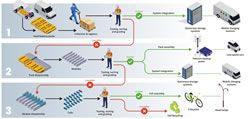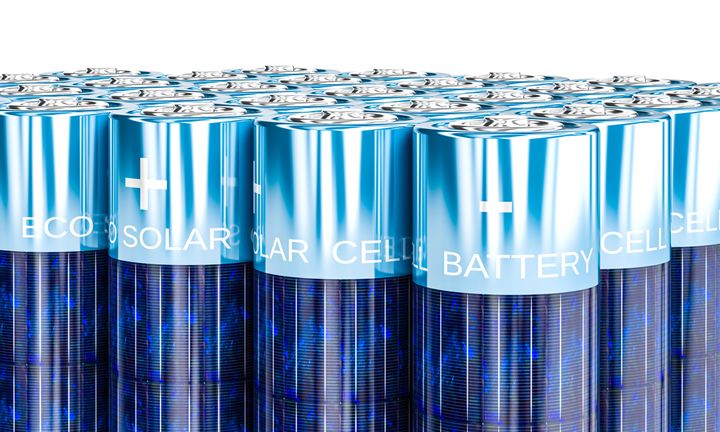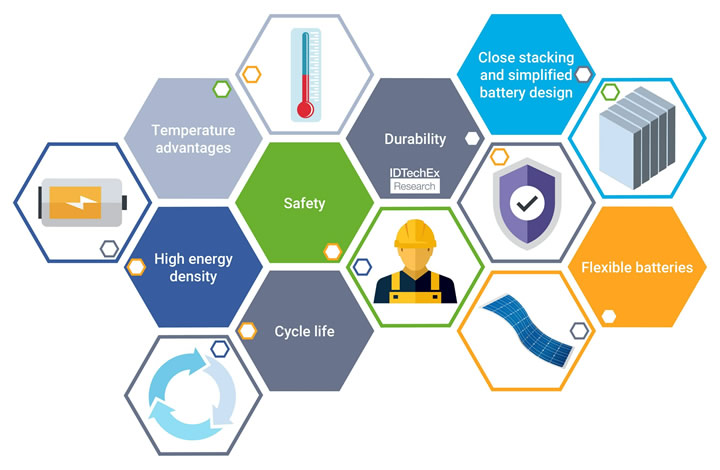Second-Life Batteries Offer Businesses Sustainability and Cost Benefits
How to Increase Lithium-Ion Battery Life to Improve Performance
Large Capacity VS Small Capacity Battery Storage: A Comprehensive Comparison
The 5 Most Impactful Battery Innovations in 2024
Leak Testing is Mission-Critical for EV Drive Batteries
Greening the Automotive Industry: Sustainable Practices in EV Battery Manufacturing
ZapBatt Battery Operating System
Lyten Achieves Manufacturing Milestone; Now Producing Lithium-Sulfur Batteries At Greater Than 90% Yield
Thermal Battery Technology
Acculon Energy Unveils Revolutionary Sodium-Ion Battery Products
4 Innovations in Lithium-Ion Battery Manufacturing
Farasis Energy Leads Global Power Battery Innovation with SPS (Super Pouch Solution)
Long-Duration Energy Storage in the U.S.
The Bluetti EP800 Off-Grid Energy Storage System
Empowering the Future: IDTechEx Discusses the Progress of Solid-State Battery Technology
Records 16 to 30 of 179
First | Previous | Next | Last
Featured Product





.jpg)










